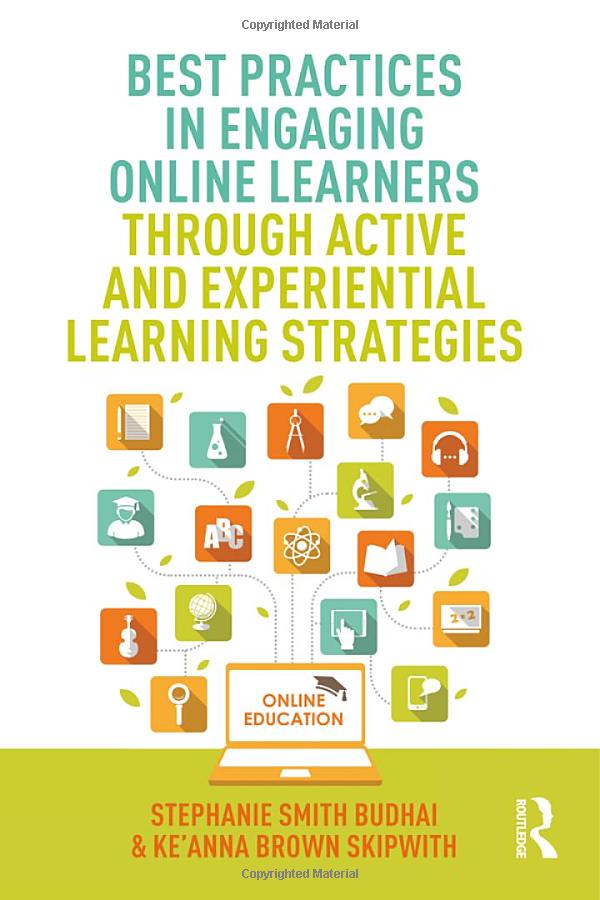A Comprehensive Guide to Applying for Student Loans: Tips, Tricks, and Essential Steps
#### Applying for Student LoansApplying for student loans can be a daunting process for many students and their families. With the rising costs of education……
#### Applying for Student Loans
Applying for student loans can be a daunting process for many students and their families. With the rising costs of education, understanding how to navigate the student loan landscape is crucial. This guide will break down the steps involved in applying for student loans, offer valuable tips, and provide insights into the various types of loans available.
#### Understanding the Types of Student Loans
Before diving into the application process, it’s important to understand the different types of student loans available. There are federal student loans, which are funded by the government, and private student loans, which are offered by banks and other financial institutions. Federal loans generally offer lower interest rates and more flexible repayment options compared to private loans.
1. **Federal Student Loans**: These include Direct Subsidized Loans, Direct Unsubsidized Loans, and Direct PLUS Loans. Subsidized loans are based on financial need, while unsubsidized loans are available to all students regardless of financial need. PLUS loans are available for graduate students and parents of dependent undergraduate students.
2. **Private Student Loans**: These loans are offered by private lenders and can vary widely in terms of interest rates and repayment options. It’s essential to compare different lenders to find the best terms.

#### The Application Process
The first step in applying for student loans is to complete the Free Application for Federal Student Aid (FAFSA). This form collects financial information to determine your eligibility for federal student aid, including grants, work-study, and loans.
1. **Gather Necessary Documents**: Before starting the FAFSA, gather your financial documents, including tax returns, W-2 forms, and bank statements. If you’re a dependent student, you’ll also need your parents’ financial information.
2. **Complete the FAFSA**: You can complete the FAFSA online at the official website. Make sure to fill it out as soon as possible, as some financial aid is awarded on a first-come, first-served basis.
3. **Review Your Student Aid Report (SAR)**: After submitting your FAFSA, you’ll receive a SAR, which summarizes the information you provided. Review it carefully for any errors that could affect your aid eligibility.

4. **Receive Financial Aid Offers**: Once your FAFSA is processed, you’ll receive financial aid offers from the schools you applied to. These offers will outline the types and amounts of aid you’re eligible for, including any loans.
#### Tips for a Successful Application
- **Start Early**: The earlier you start the application process, the better. This gives you ample time to gather documents and explore your options.
- **Research Loan Options**: Take the time to research both federal and private loan options. Understanding the differences can help you make an informed decision.
- **Consider Your Future Earnings**: When taking out loans, consider your potential future earnings in your chosen field. This can help you determine how much debt is manageable.

- **Stay Organized**: Keep track of all your documents and correspondence related to your loans. This will make the process smoother and help you avoid missing deadlines.
#### Conclusion
Applying for student loans is a critical step in financing your education. By understanding the types of loans available, completing the FAFSA, and following the tips provided, you can navigate the application process with confidence. Remember, taking on student debt is a significant decision, so it’s essential to do your research and make choices that align with your financial future.